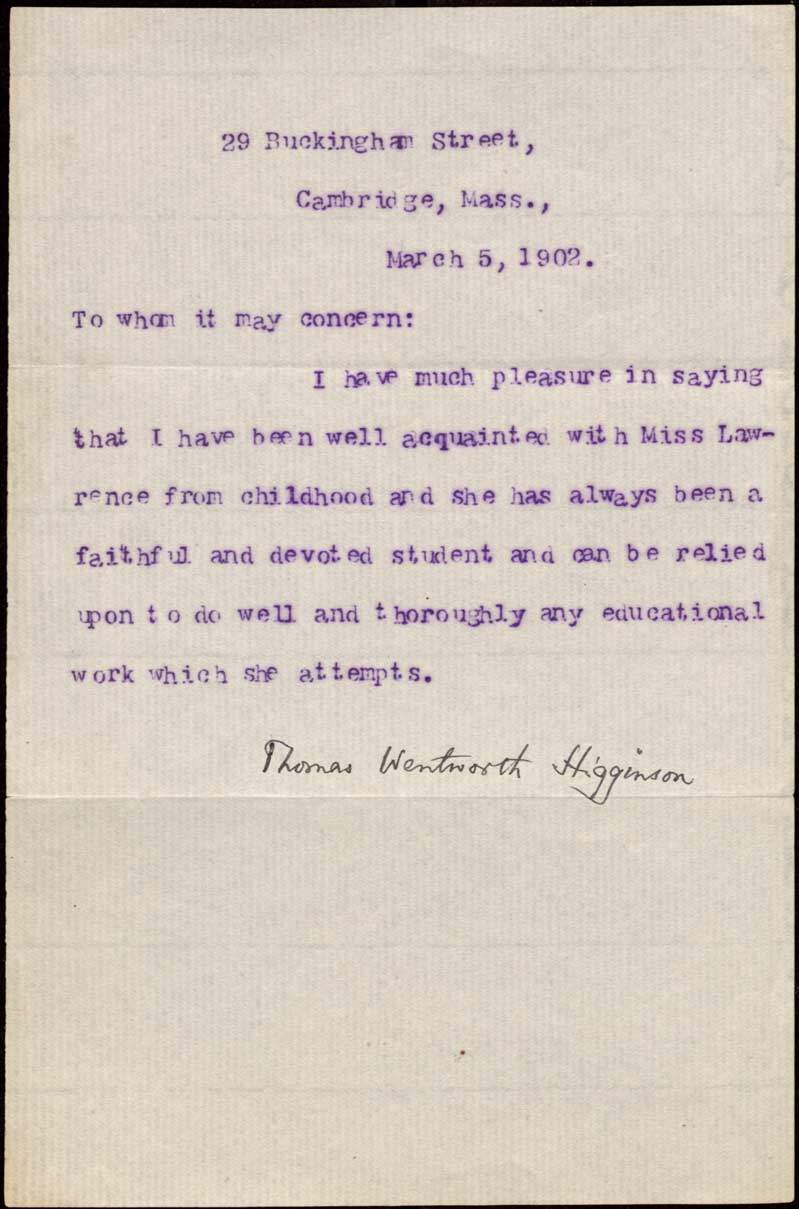

So, when we speak of Free Software, we mean freedom, not payment.

used for asking politely if you can do something or have something. The phrase "so mote it be" may first have appeared in a poem called the Halliwell Manuscript of Regius Poem, described as one of the "Old Charges" of Masonic tradition.Other matters may also need to be considered. It ouertake, it slit awey so faste” (“We may not overtake it, it slid away so fast”). Besides being a request for permission, the word ‘may’ can also refer to something that is likely to happen. In full, it would be “May it be so,” but the shortened form became more common. The phrase is first recorded in the earliest masonic document known as the Halliwell or Regius Manuscript of the 14th century, and it's meaning is "So may it be" as the ending of prayer similarly The meaning of be that as it may is -used to introduce a statement that is somehow different from what has just been said.- JAVASCRIPT HOOK FUNCTIONS FOR GRAVITY FORMS -ĭocument.So may it be meaning Follow it with a colon.

You can’t go wrong with To Whom It May Concern. Great songs, great singing, and strong performances from an all-star cast of studio pickers. The latter could be the next radio hit from this record, a memorable feel-good ditty written with Bowman that contains much of why bluegrass loves his songs.Ĭasual listeners may only hear the bluegrass beat they love, with a catchy phrase that sticks to their ears, but a close listen reveals a songwriter with a special way of conveying emotions we can all relate to, and thoughts that will find you unconsciously nodding your head in agreement. On the other end of the spectrum is Lead Me, also with Marija, a beautiful love song with delightful harmony, and the title track, a witty, lighthearted song with a nice grassy feel. Home In Hell also uses a gritty groove with toned-down instrumentation, and introduces the classic line, “The devil is the only one who feels at home in hell.” Wicked. My Father’s Son gets an understated treatment that well suits this statement of a son’s recognition of what he has received from his parents, co-written by Droze and Mike Manuel, and Rain Won’t Quit, an extra lonesome number with harmony vocals from Ronnie Bowman.Īnother strong cut is Raging Rivers, one of two sung as a duet with his wife, Marija, a notable vocalist in her own right. Tracks go back and forth between deeply traditional bluegrass on new songs like Chill In The Room (co-written with Gary Waldrep and featuring Marty Raybon on harmony vocals), Go Back There Again (with Chris Meyers), and Haunted By The Wind (Myers again and Guy Nix), and others with an intriguing, acoustic country sound heavily influenced by the grass in Billy’s heart. All feature Billy’s unique, mildly quirky, but instantly recognizable voice, with a touch of Keith Whitley, a taste of his co-producer Bowman, and a distinctive twang all his own. Three tracks charted in advance of the CD release, his driving version of Columbus Stockade Blues, the slinky, bluesy Kentucky Blue, and now It Gets Better With Time, our current #1 song, written with James Ervan Parker and Ronnie Bowman. It’s much the same with Billy Droze, whose new Rural Rhythm album, To Whom It May Concern, has been burning up our Bluegrass Today Weekly Airplay Chart much of this summer.

One could easily imagine hits of his like Rye Whiskey or Midwestern Town shooting up the country charts in a different scenario. He is every bit as much a bluegrass boy as he is a country revivalist, and could have a career fronting a bluegrass band should his country dreams fail to materialize.Īnd our own Ronnie Bowman, surely among the most celebrated bluegrass vocalists of the past 25 years, could have been a sensation in the country market had he come up in that realm. Take Mo Pitney, an extremely talented young vocalist who is starting to make waves in the country world. Sometimes it seems that it’s only a stroke of fate that decides whether strong new bluegrass singers and songwriters that hit Nashville go the country or the bluegrass route.


 0 kommentar(er)
0 kommentar(er)
